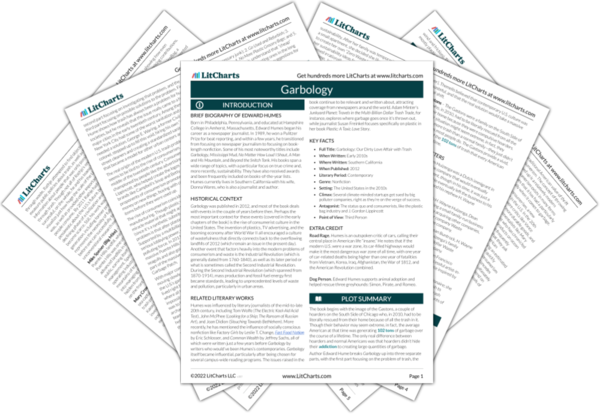Humes doesn’t necessarily support home incinerators, but he shows how the seemingly positive step of banning them to prevent smog ended up having unexpected negative consequences. In particular, it created a much greater demand for places to dump trash, setting the stage for super-sized landfills like Puente Hills.
